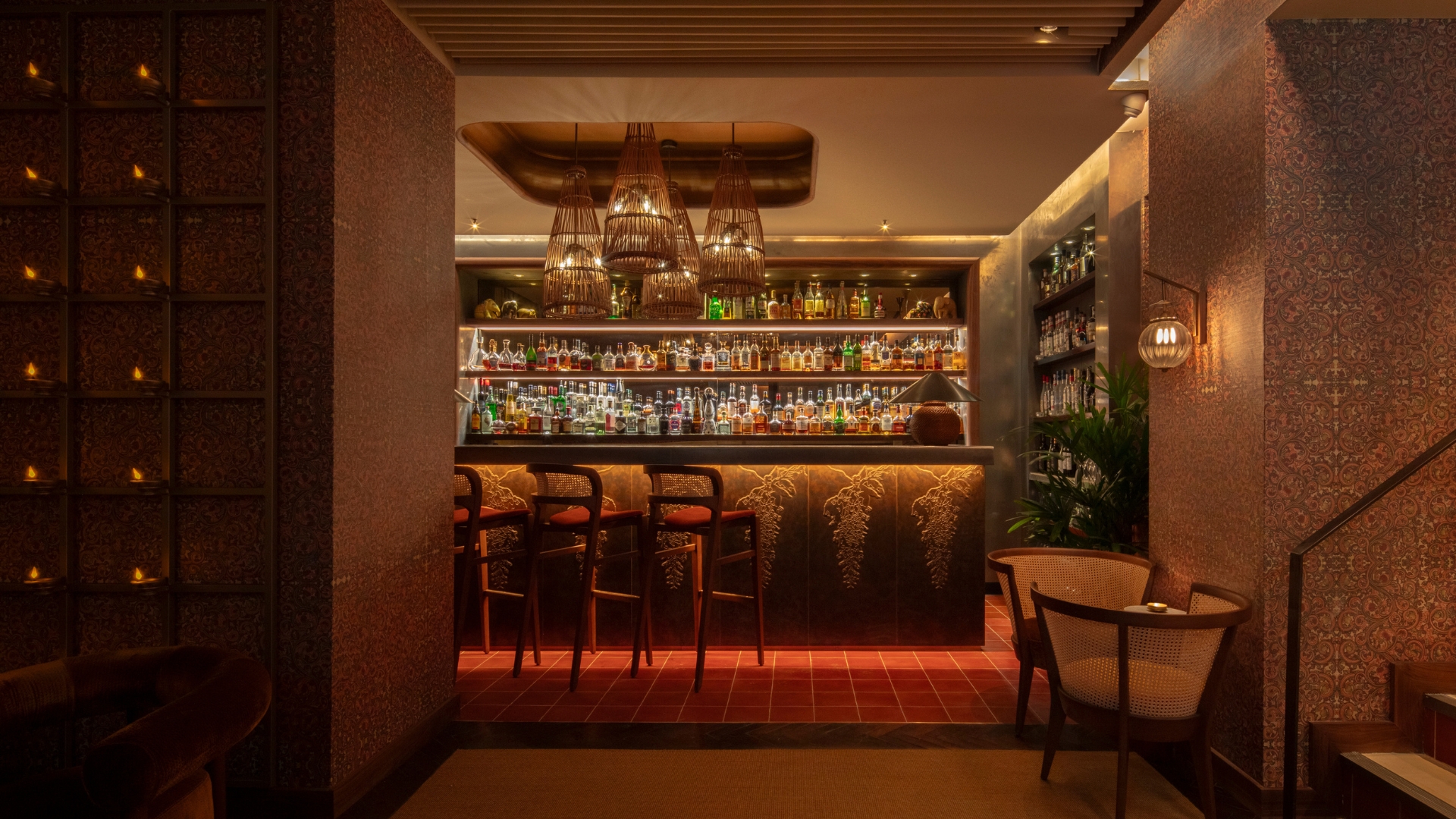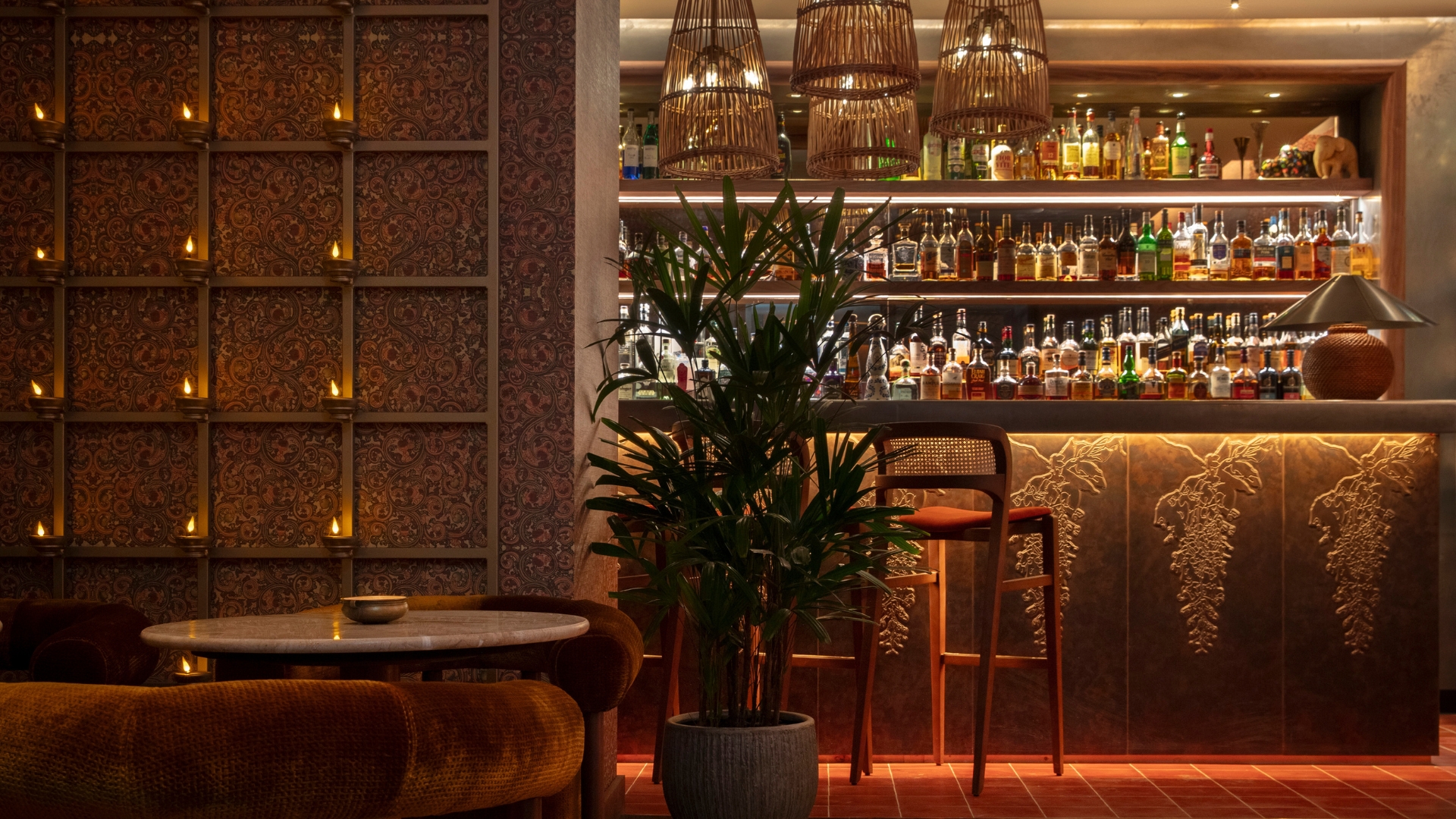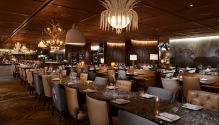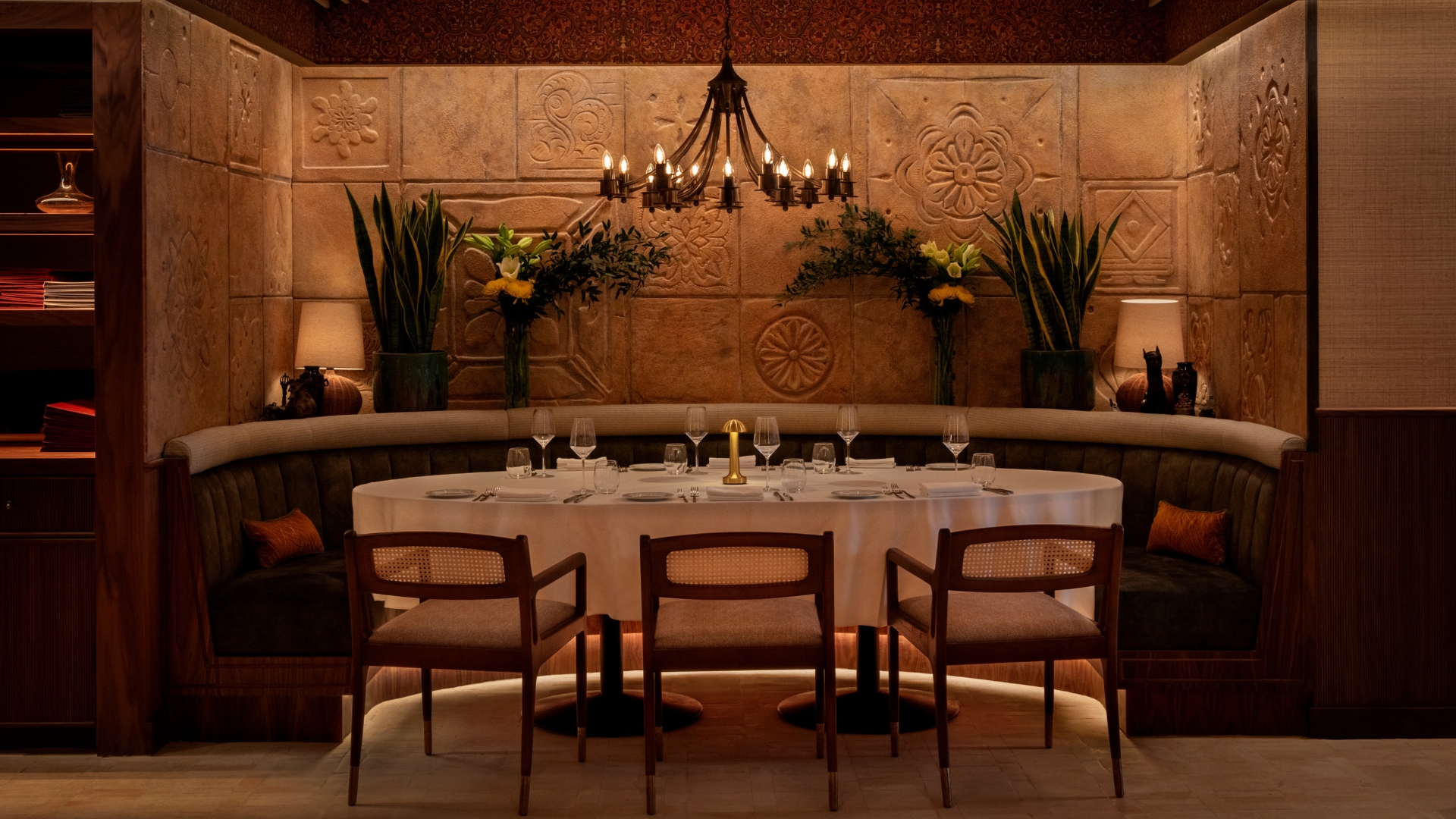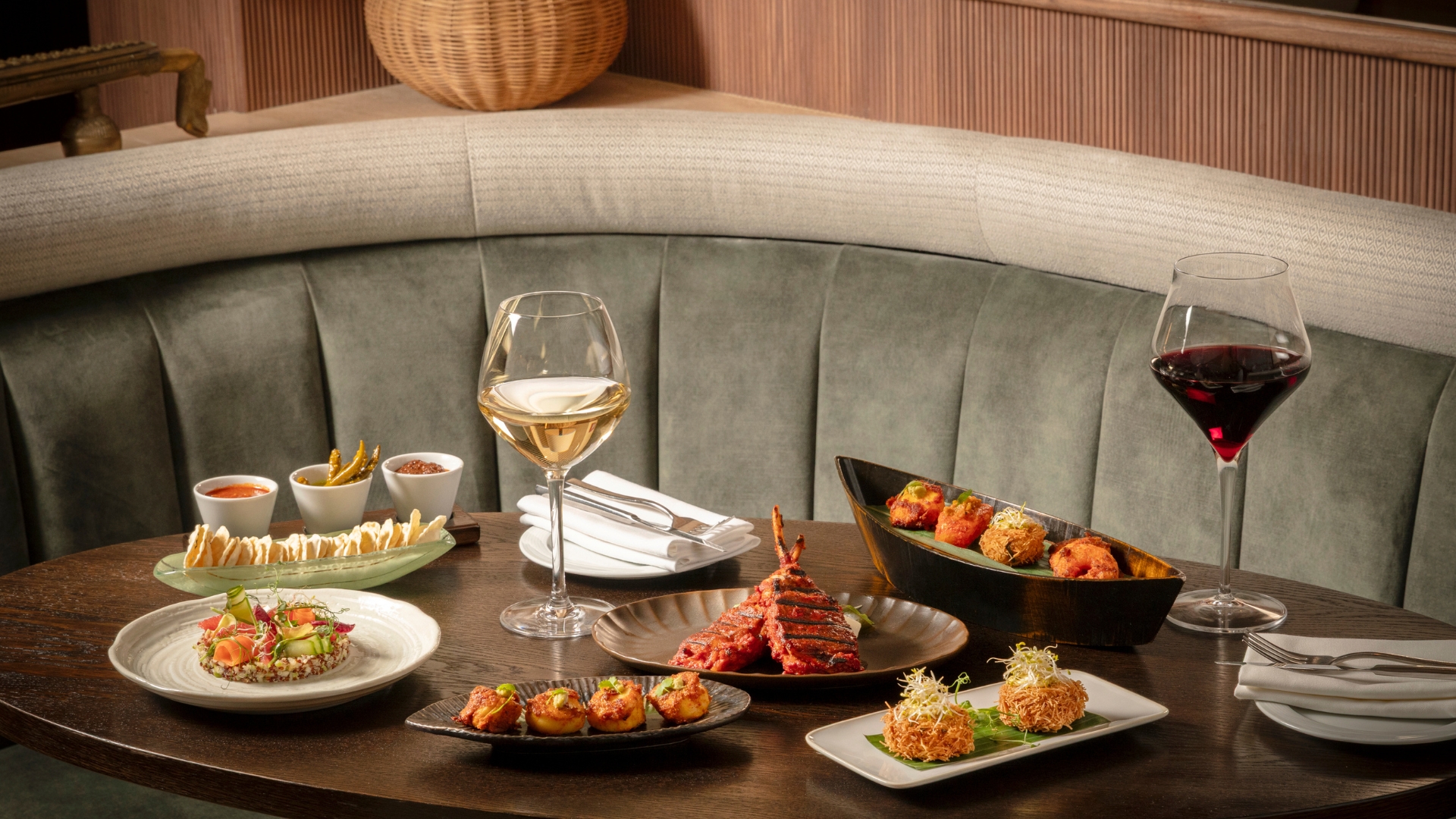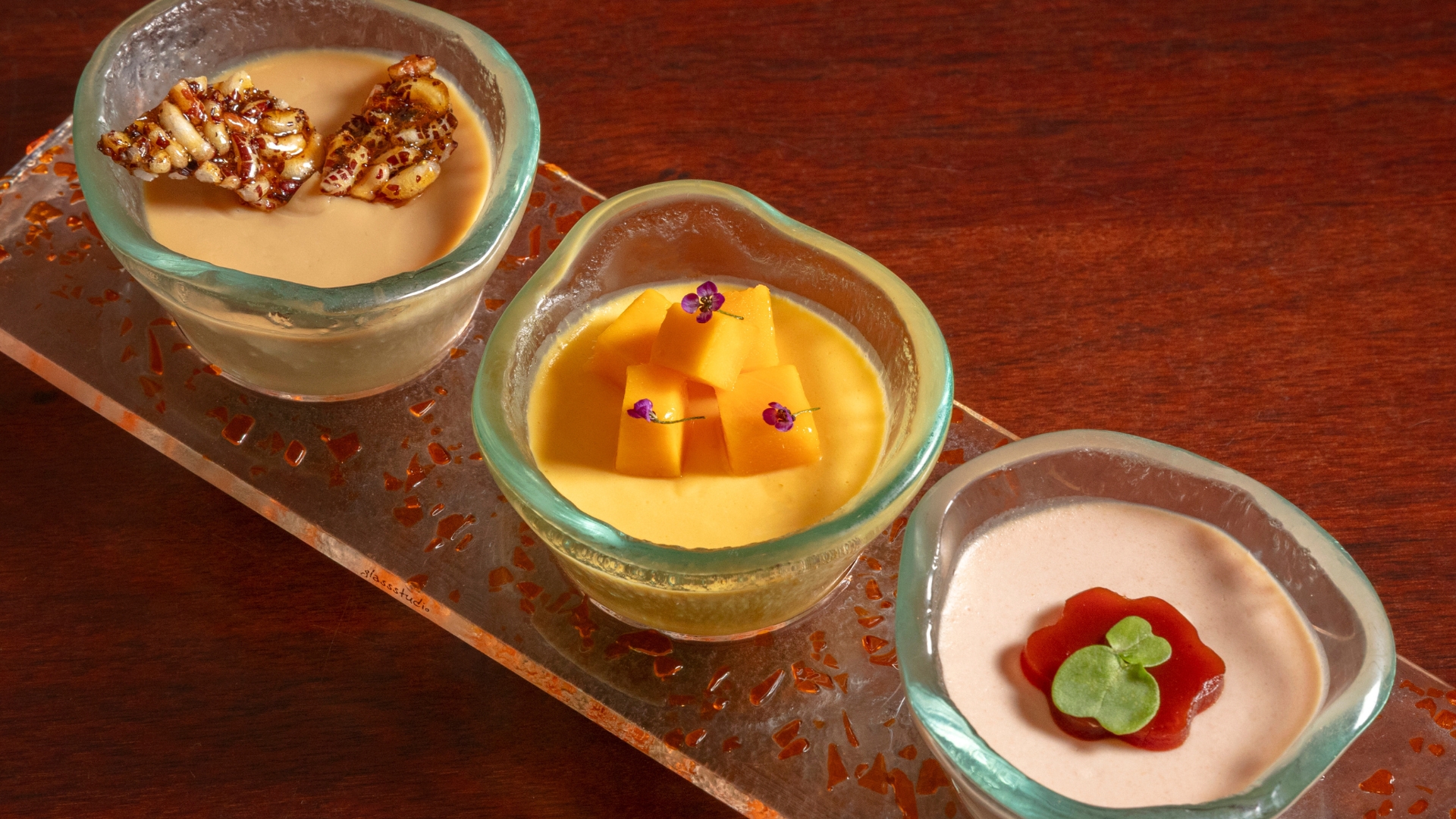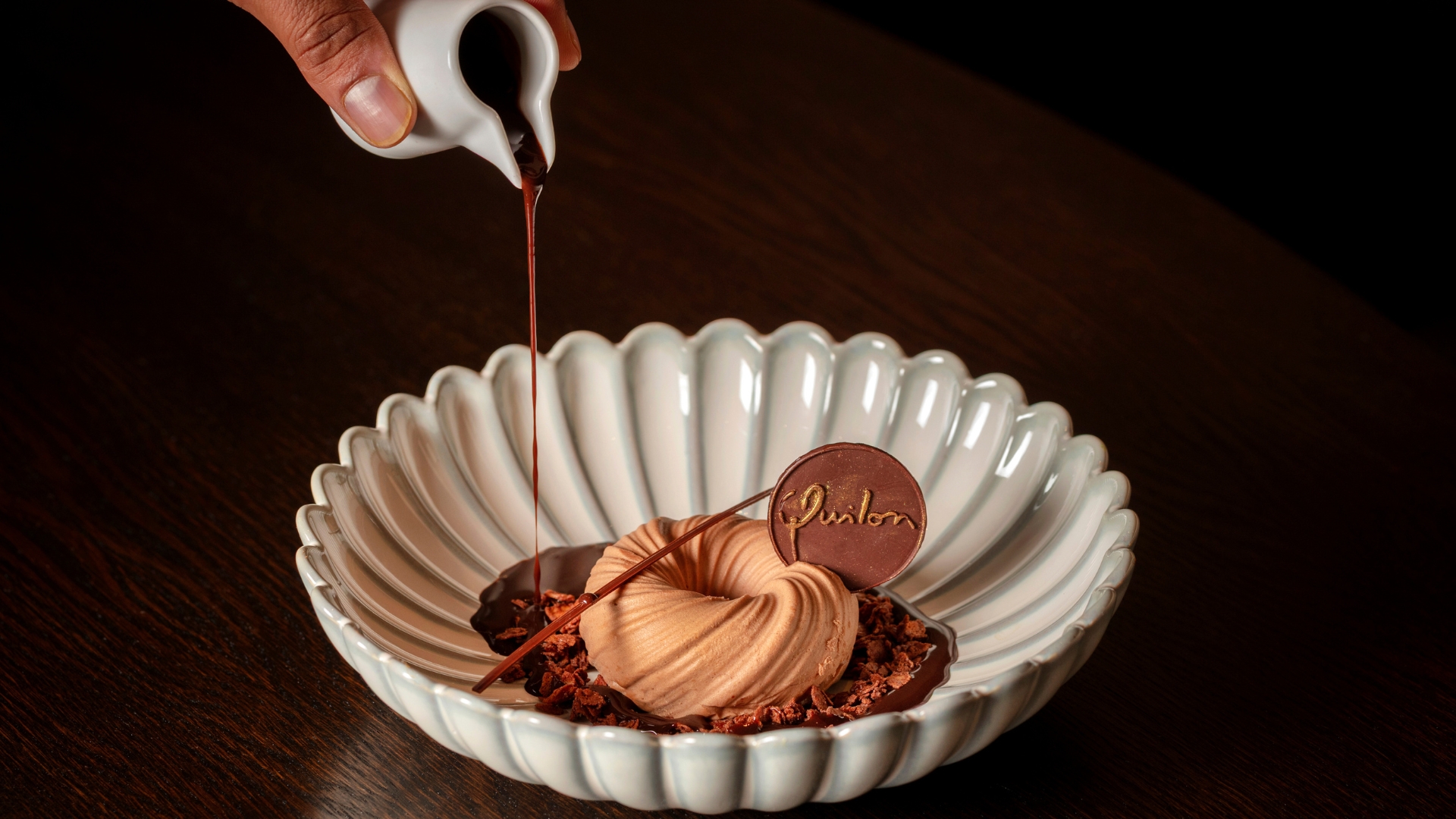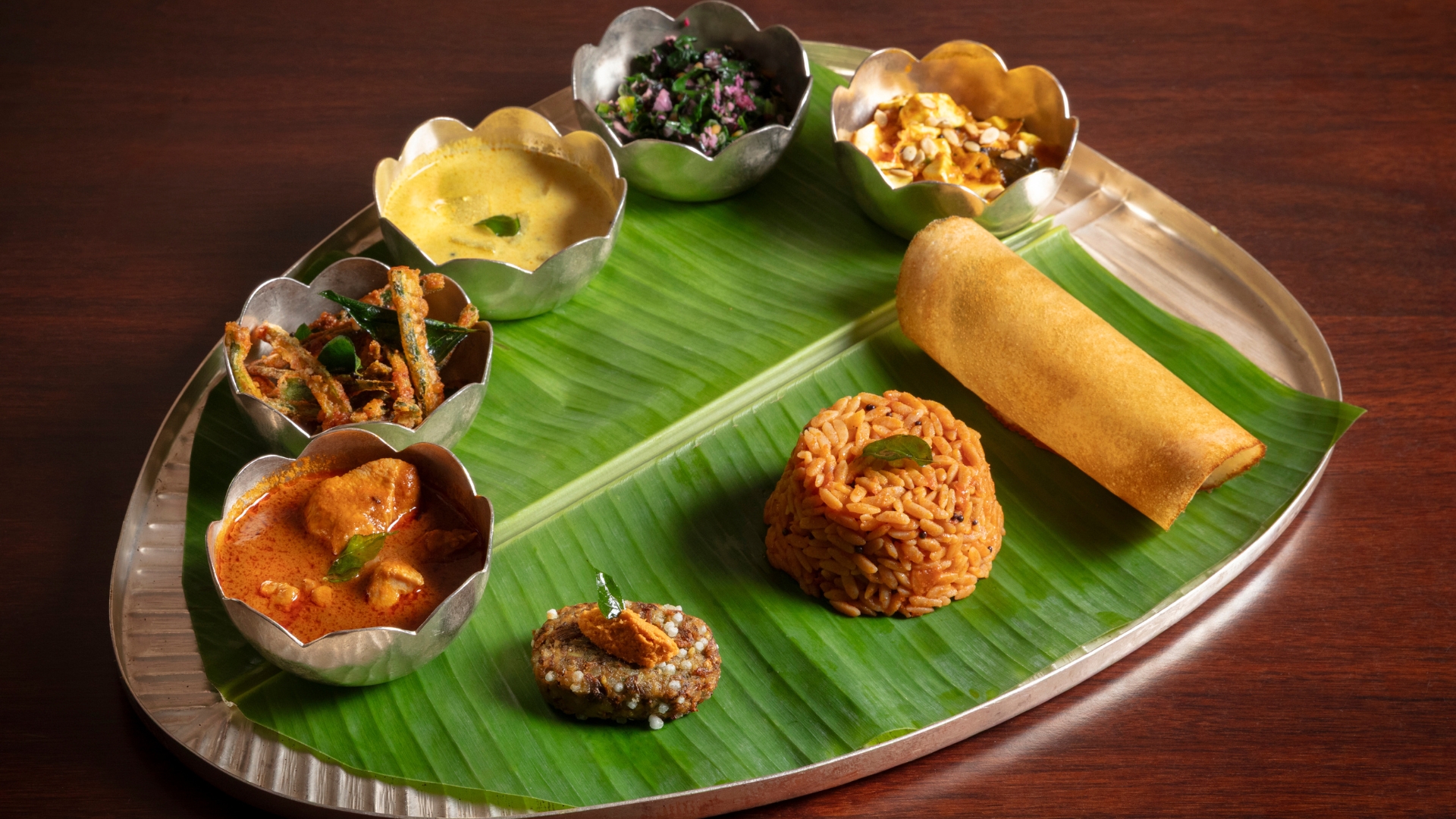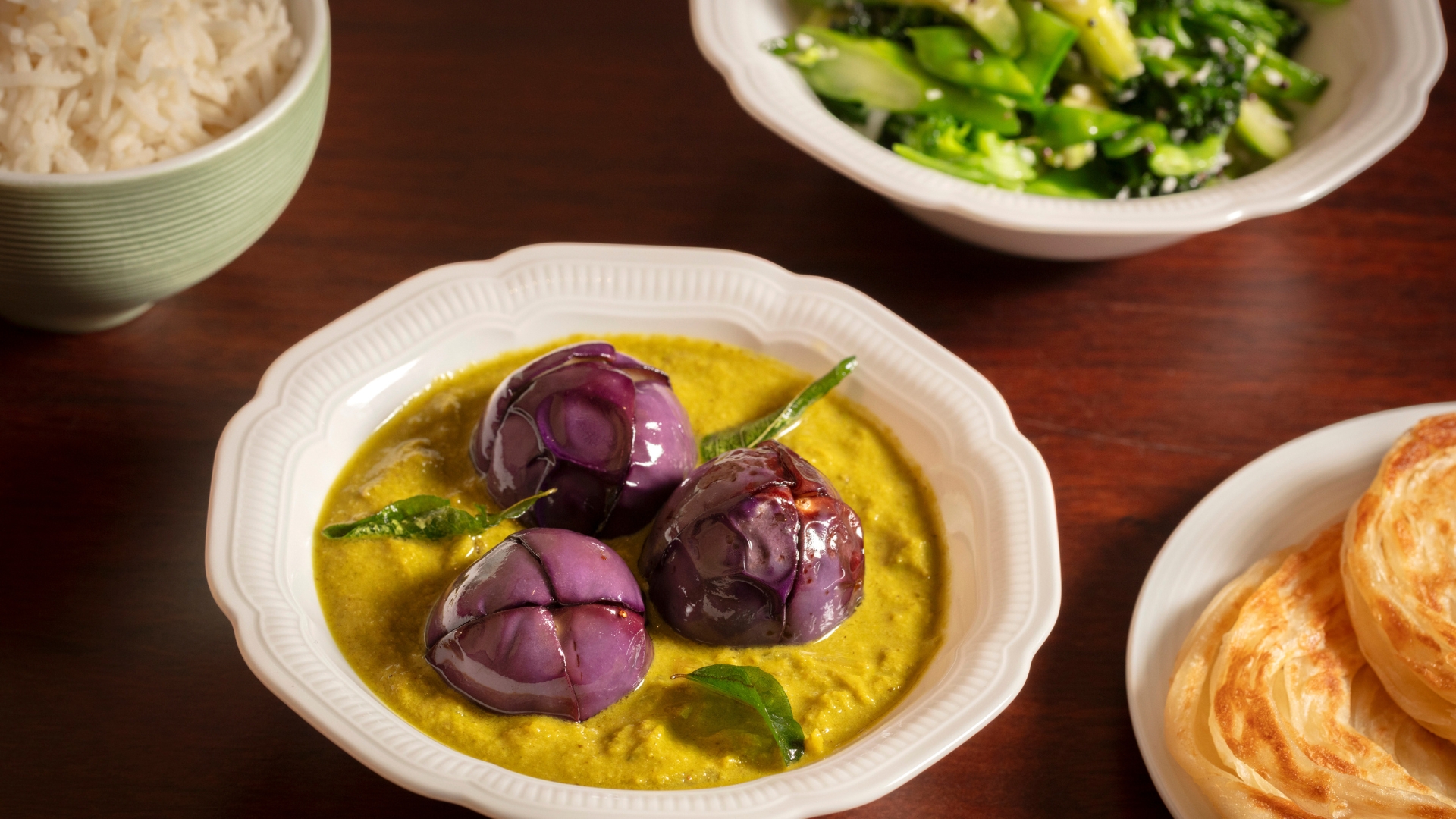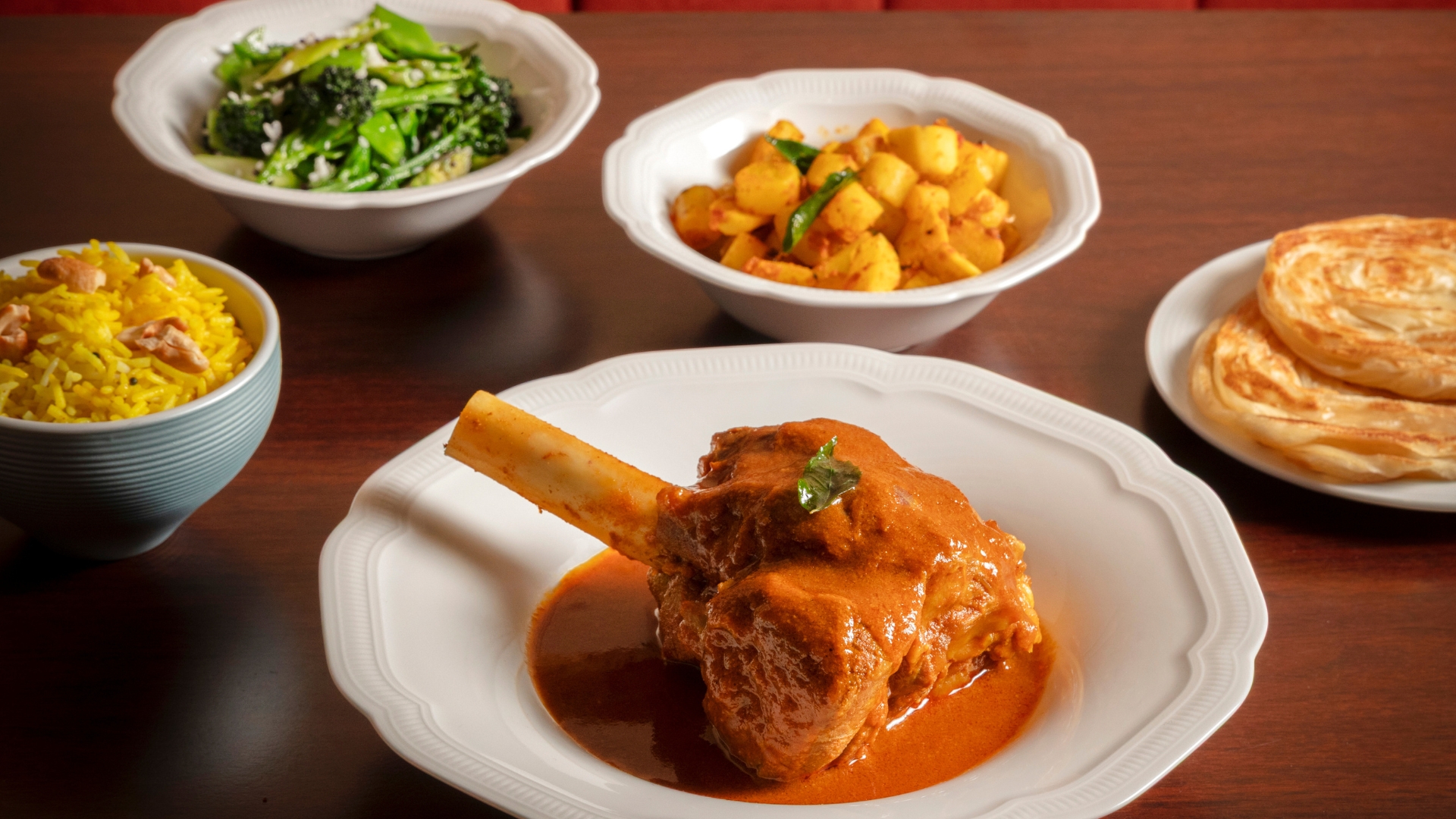Taj Quilon London Reimagines Coastal India
In the heart of London’s Buckingham Gate, Taj’s fine-dining restaurant, Quilon, has returned, reimagined, opening a bold new chapter in South-West India’s vibrant cuisine.
By Rachna Virdi
Tucked away within Buckingham Gate Suites and Residences is Taj’s Michelin-starred restaurant Quilon, which has stood as a beacon of Indian fine dining in London.
Helmed by chef Sriram Aylur—celebrated for bringing India’s vibrant flavours to the global stage—Quilon honours its 26-year legacy while embracing a refreshed design and culinary journey—grounded in coastal flavours and shaped by modern techniques.
SOH was invited for an elevated dining experience at the reimagined Quilon.
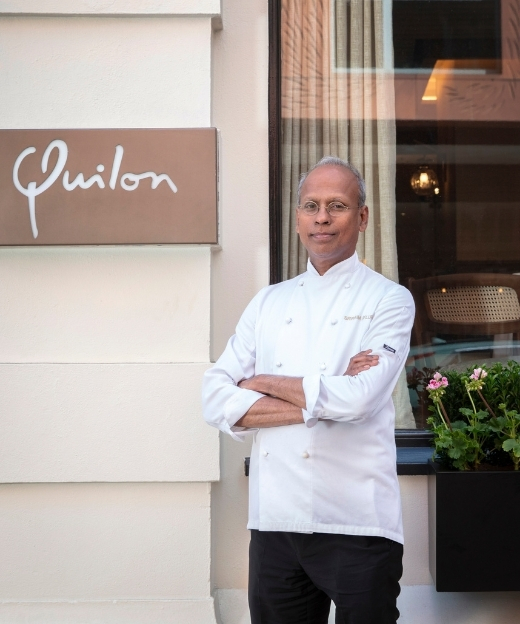
Sriram Aylur, Head Chef, Taj Quilon.
A Bold & Thoughtful Reimaginging
“Quilon is a symbol of Taj’s iconic Indian culinary excellence in the UK. With an 18-year Michelin star legacy, this next chapter brings renewed energy to the experience while remaining anchored in the coastal heritage that has always defined Quilon,” explains Mehrnavaz Avari, Area Director UK, IHCL.
The transformation goes beyond aesthetics. Atelier Wren’s redesigned interiors reinterpret southern Indian elements through a contemporary lens. Oil-lamp-inspired lighting, rangoli-motif floor tiles, soft beach-inspired tones, and terracotta floors combine with artisanal textures to evoke warmth and elegance. Kerala-based artist Anila’s hand-painted palm frond wallpaper recalls the tropical landscapes of India’s South-West coast, while a 16-seat private dining room, anchored by a brass marigold installation, offers understated grandeur for intimate gatherings.
At the heart of this quiet evolution is a team that has grown into the concept. Alongside Chef Aylur are Executive Chef Ramesh, a collaborator of 24 years, Manager Santanu and long-standing team members who have helped shape Quilon’s identity.
“Quilon began almost 26 years ago. I came to London to open this restaurant,” states Chef Aylur. The team has evolved with the concept. “Today’s diners are more conscious—about wellness, sustainability, and dietary preferences. We have embraced this shift to create an experience that feels natural and inclusive, whether you’re vegan, vegetarian, or simply seeking thoughtful, flavour-forward cuisine.”
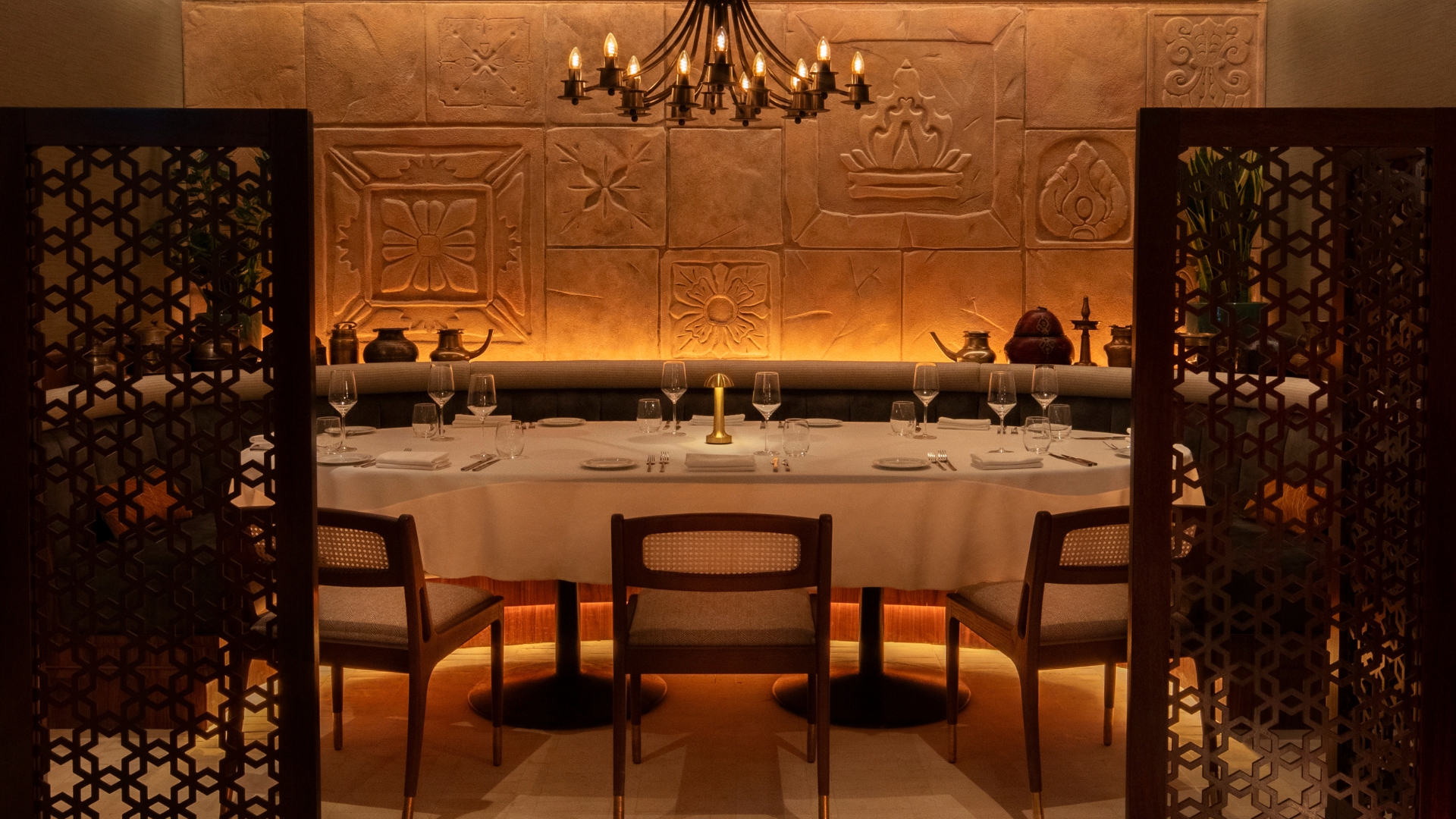
Kerala-based artist Anila’s hand-painted palm frond wallpaper recalls the tropical landscapes of India’s South-West coast.
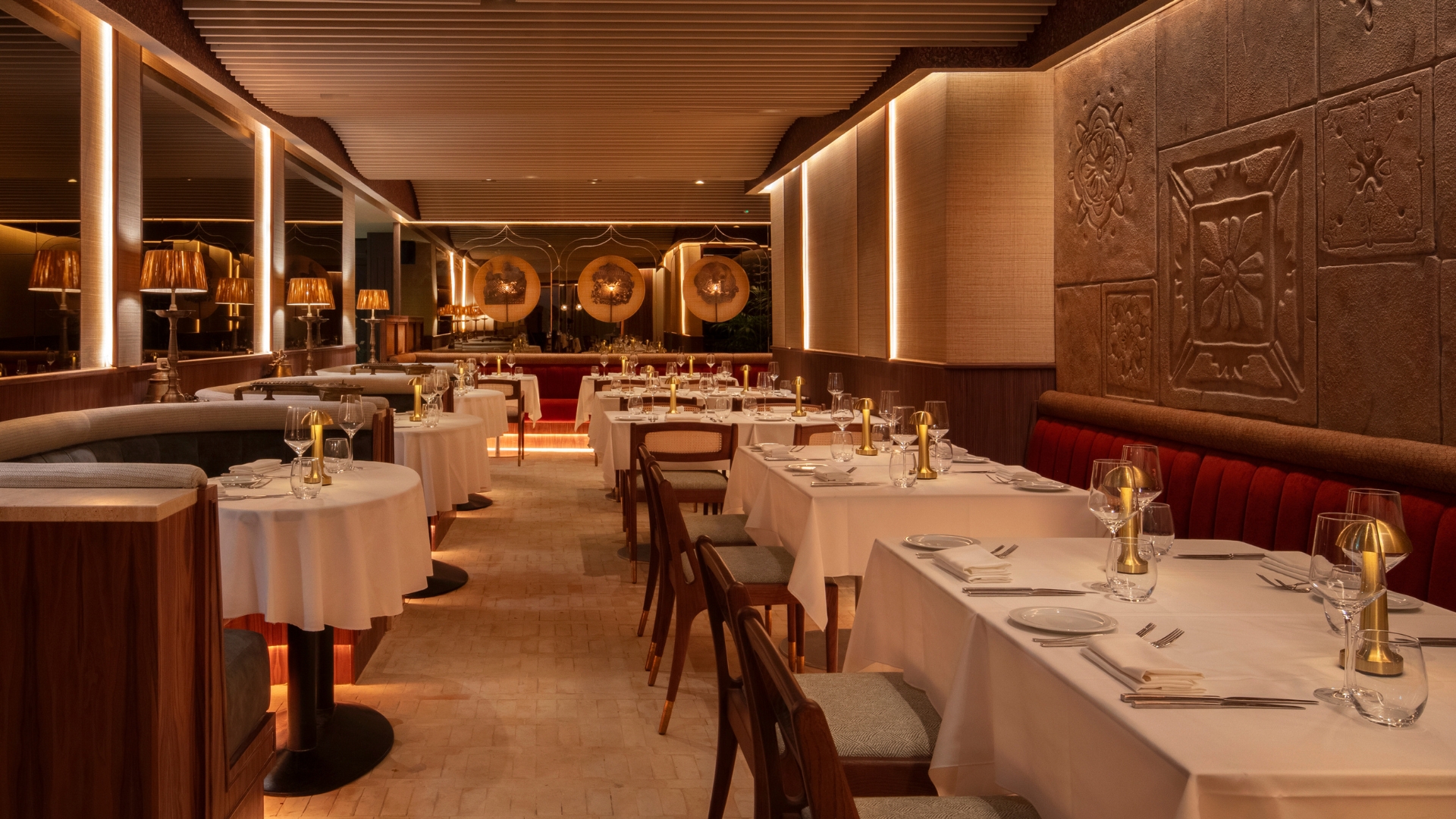
The redesigned interiors reinterpret southern Indian elements through a contemporary lens.
A Culinary Evolution
Quilon’s reimagined menu remains deeply anchored in South-West coastal India, showcasing spice-rich seafood, delicately spiced meats, and flavourful vegetarian plates. Signature dishes like Seafood Moilee and Malabar Lamb Biryani continue to delight, joined by inventive offerings such as Baked Black Cod and Oysters Three Ways.
“Our menus are guided by regional roots and seasonal ingredients—balancing bold flavours with finesse,” explains Chef Aylur. “From the spice-laced kitchens of Karwar to Kerala’s coconut-rich coasts, this chapter blends memory with modernity.”
Authenticity begins with sourcing: Badge chillies from Mangalore, Malabar peppercorns from the Western Ghats, and toddy vinegar replace commercial substitutes. Fortunately, London’s global pantry makes this possible. Yet the approach is progressive: “We use purple broccoli as in a South Indian kitchen, or lentil-based grains resembling rice for higher protein. It’s authentic—but evolved to suit time, place, and produce.”
Seasonality on the Plate
Quilon’s menu evolves with the seasons, featuring 10–20 seasonal dishes celebrating peak ingredients. Mango season sees Alphonso presented in unexpected forms, while lesser-known European roots like salsify are reinterpreted as South Indian staples. This approach reflects a deeper philosophy: that cuisine is never static.
“Much of what we consider classic Indian cuisine today evolved with time, trade, and availability,” he explains. “Chillies, for example, were brought to India by the Portuguese. Over time, they became inseparable from our regional kitchens. That same spirit guides us—to explore, adapt, and reimagine what’s possible.”
By working with fresh, locally available produce, the culinary team pushes boundaries while staying grounded in flavour and tradition. It’s not novelty for novelty’s sake—it’s an expansion of the culinary canvas, one season at a time.
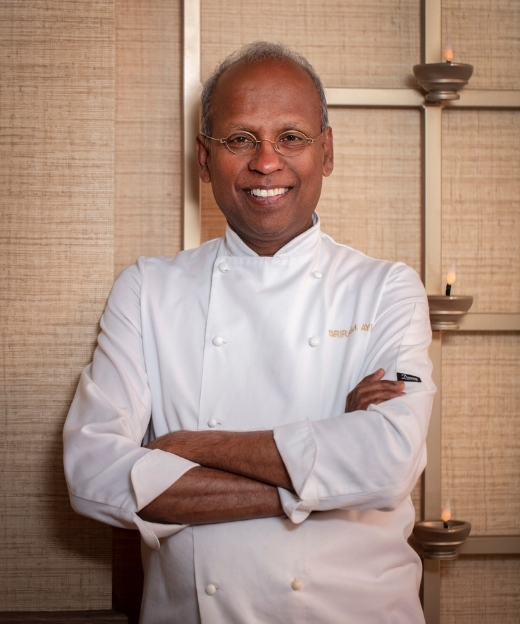
Chef Sriram Aylur, Taj Quilon.
We come from the Taj tradition. There’s an unspoken expectation of warmth, care, and excellence that guests associate with that name. It’s what makes them keep coming back—not just for the food, but for how it makes them feel.
Chef Sriram Aylur
Taj Quilon London

Elevated Spirits, Indian Soul
The reimagined experience extends to Quilon’s beverage programme—where the spirit of the South-West finds expression in every sip. Indian botanicals—cardamom, chillies, native herbs—feature in inventive cocktails complementing the cuisine’s depth and spice. The award-winning wine list offers global diversity, while rare vintage beers aged 15–20 years and an extensive whisky collection round out the offerings. “People don’t often associate beer with ageing, but we’ve sourced vintage beers that challenge that notion,” shares the team.
“Every element—from cocktail to dessert—is treated with intention,” says Aylur. “We want guests to feel immersed, engaged, and cared for. Our team interacts as if you’re a guest in our home—that’s the spirit of Indian hospitality we preserve at Quilon.”
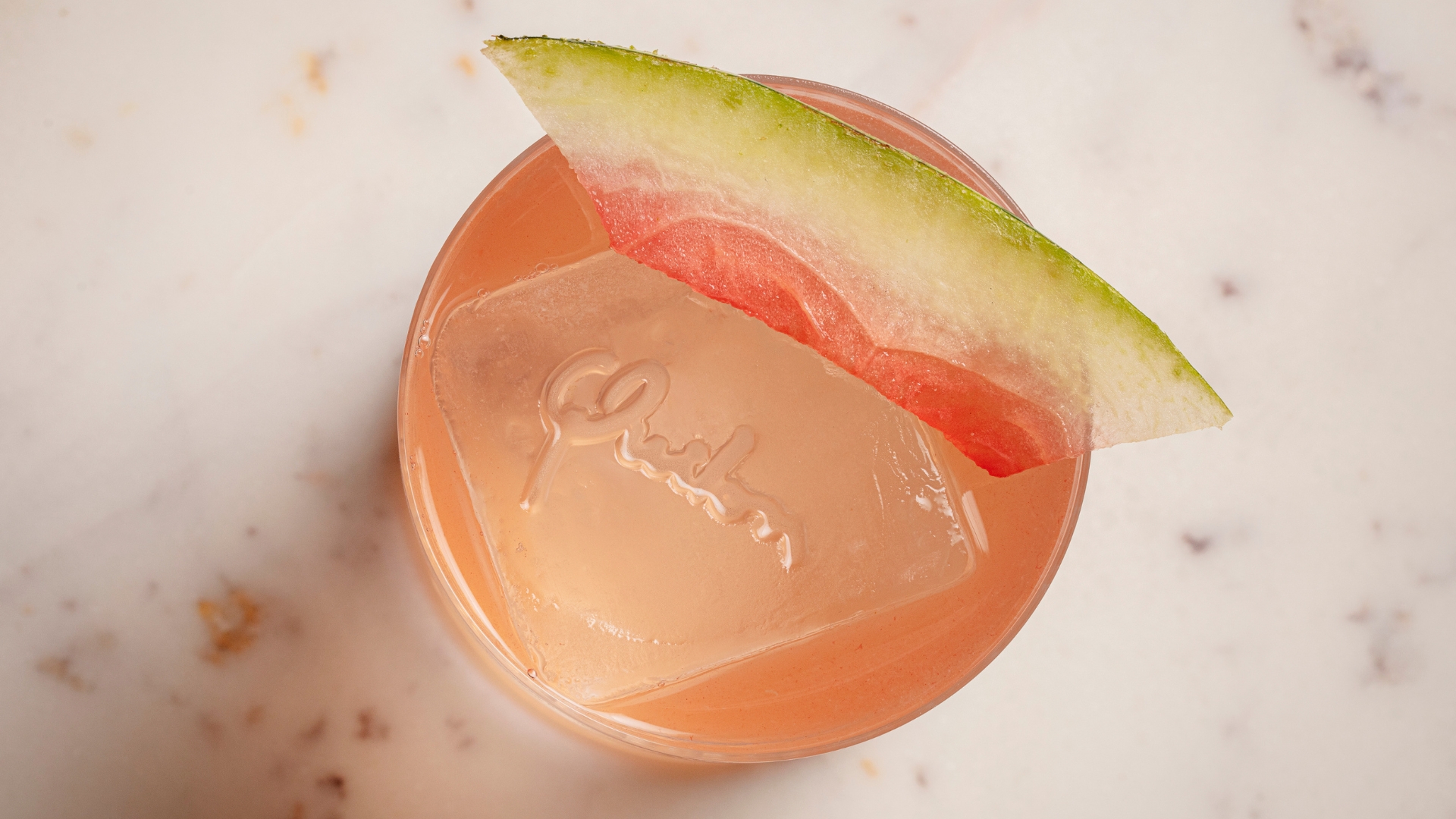
At Quilon’s beverage programme, the spirit of the South-West finds expression in every sip.
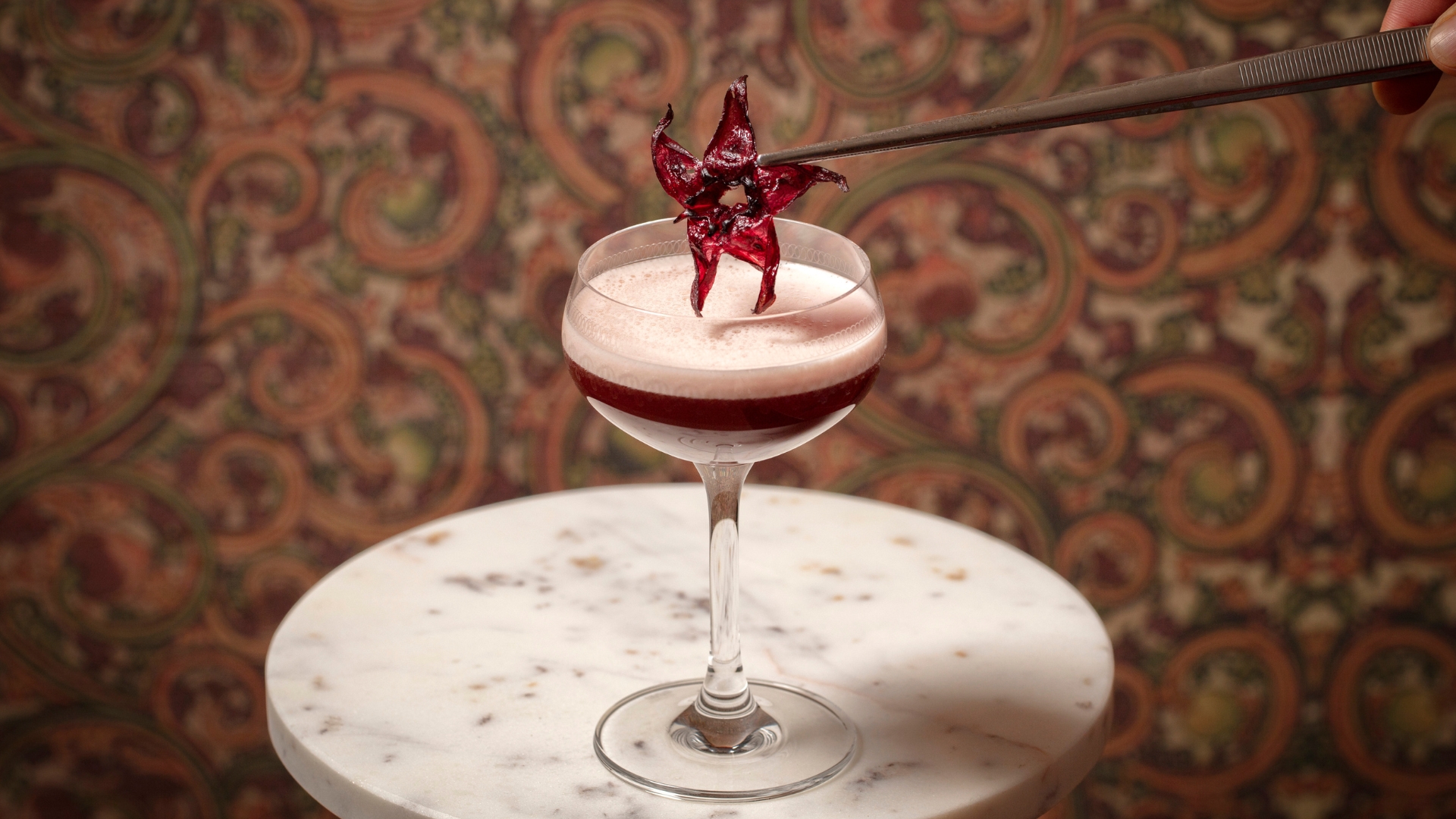
Indian botanicals feature in inventive cocktails complementing the cuisine’s depth and spice.
Time-Honoured Dishes and Contemporary Presentation
“We’re not just plating things differently,” explains Chef Aylur. “When we create something, the intention is that it should feel like it’s always belonged. It may be unfamiliar at first glance, but when you taste it, it resonates—it feels like part of the coastal repertoire.”
Each new dish is guided by the same flavour profiles, textures, and seasonal sensibilities that define the region—yet there’s a hint of innovation. “We’re expanding the region’s culinary vocabulary—adding new expressions to a language that’s centuries old. The ingredients may vary, but the essence remains.” The result is a menu that honours the past, speaks to the present, and hints at the future.
“Being classic gives us space to evolve. A mango chicken curry isn’t about being better than anyone else’s—it’s about tasting and smelling like mango, true to what it promises,” he says.
Consistency is key to Quilon’s legacy. “We come from the Taj tradition. There’s an unspoken expectation of warmth, care, and excellence that guests associate with that name. It’s what makes them keep coming back—not just for the food, but for how it makes them feel.”
Challenges abound—especially when authenticity demands ingredients that aren’t always climate-friendly in London. Fresh coconut, for instance, is not easy to work with in the British winter. “In the colder months, the coconut almost freezes—to make it usable, we scrape it in advance, but even before that, it needs to be brought to room temperature—a process in itself. And then there’s summer, when excessive heat causes the coconut to spoil faster. But meticulous preparation ensures year-round authenticity.”
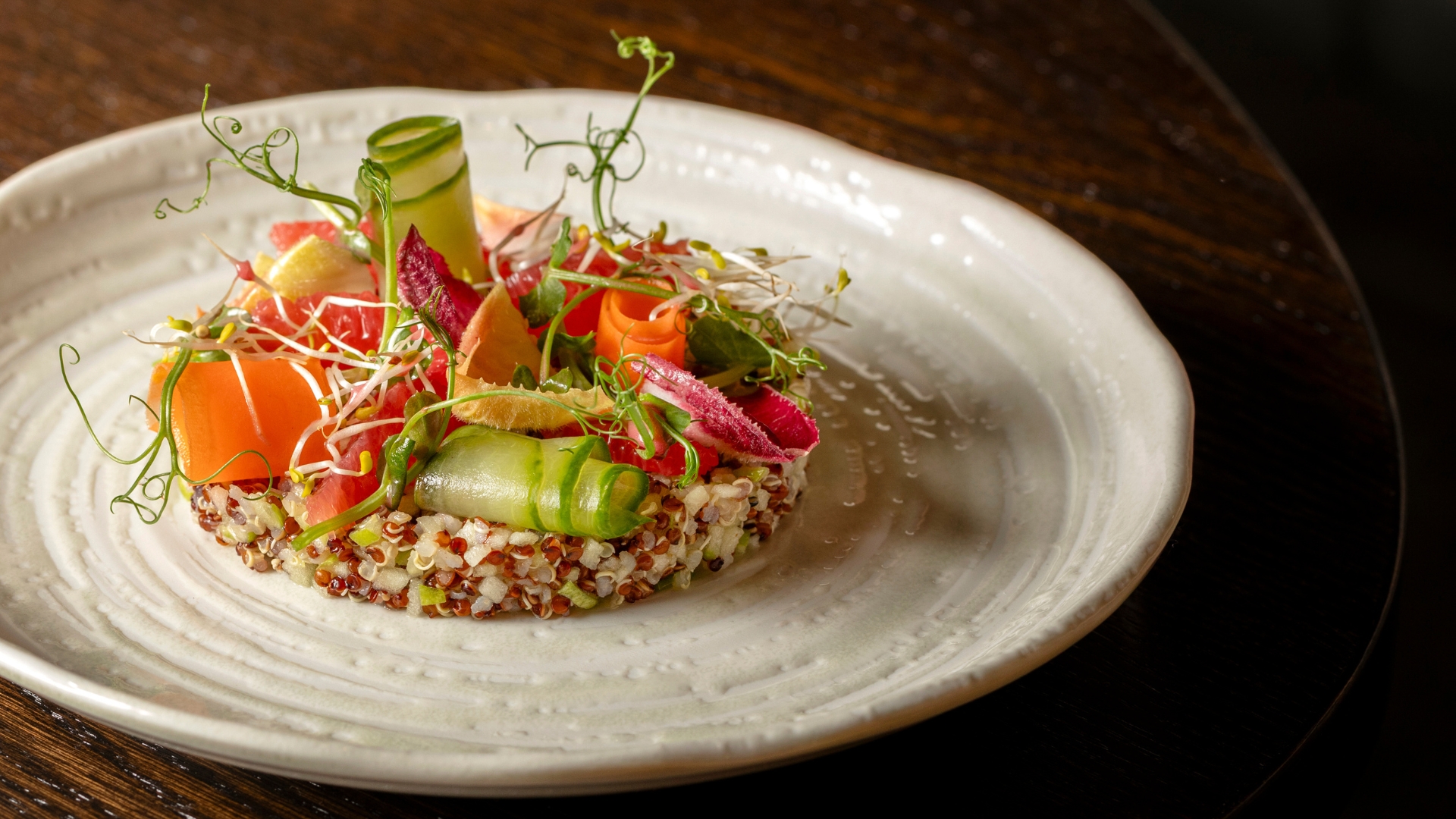
Each new dish is guided by the same flavours, textures, and seasonal sensibilities yet there’s a hint of innovation.
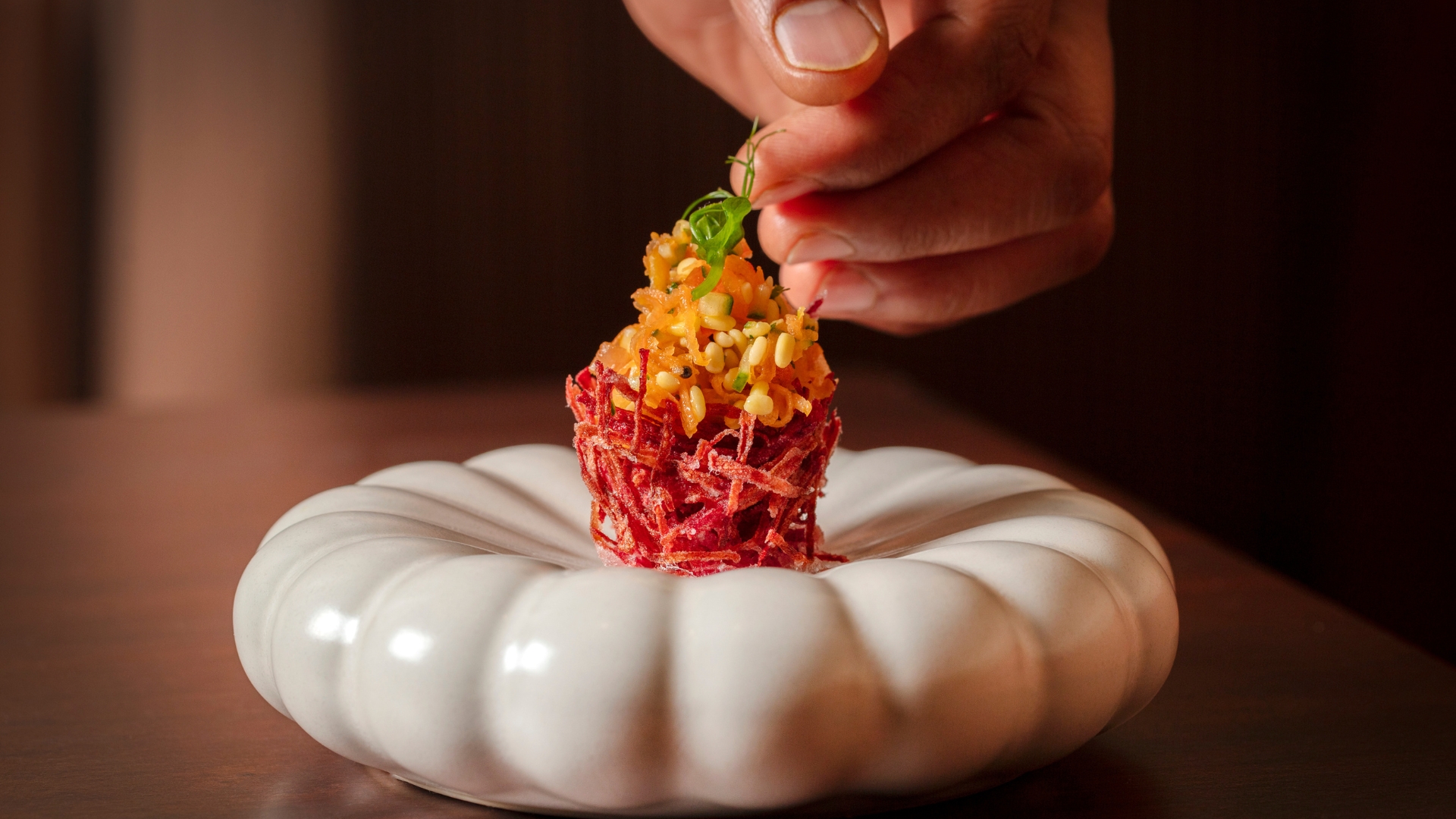
The reimagined menu honours the past, speaks to the present, and hints at the future.
Guest Experience Through Word of Mouth
Conversations at Quilon often extend beyond the plate. The team guides guests through spice levels and regional flavours, shaping experiences for both newcomers and seasoned diners. It’s about walking that journey together.
Shareable small plates allow exploration without excess, while guest feedback remains central. “The truest marketing is word of mouth. In a city like London, with such remarkable Indian restaurants and chefs, it’s important to stay relevant and appreciated. When a guest leaves, we want them to take away a memory—not just a meal,” notes Aylur.
This is where an Indian restaurant’s success lies in a different country—in creating an emotional connection between what is served and how. “That’s the real challenge. And when we get it right—that’s the greatest reward,” he concludes.
